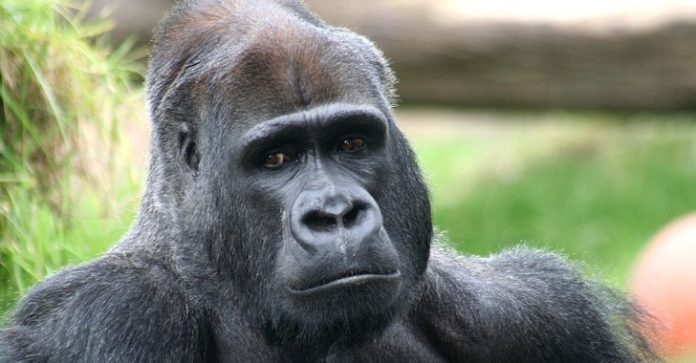
By Claire Bernish at theantimedia.org
“This situation of captivity is degrading for the animals, it’s not the way to take care of them,” asserted Buenos Aires Mayor Horacio Rodríguez Larreta during a ceremony announcing the closure of the city’s 140-year-old zoo.
Rodríguez explained nature reserves throughout Argentina would make far more suitable habitats for the zoo’s nearly 2,500 animals, the Guardian reported, and the 44-acre zoo, itself, will also undergo a transformation to an ecopark — a “place where children can learn to take care of and relate with the different species.”
“What we have to value is the animals,” Rodríguez continued. “The way they live here is definitely not the way to do that.”
Animals unable to be transferred to larger, natural preserves will remain at the zoo, but will undoubtedly benefit from improvements made during the ecopark metamorphosis. According to the Guardian, city officials also said the ecopark would serve as a haven to rehabilitate animals recovered from illegal trafficking.
Though once a driver of tourism for Buenos Aires, the zoo came under intense criticism for its polar bear exhibit — the region’s blistering summer temperatures were partly responsible for the death of the attraction’s last polar bear, Winner, three years ago.
“The most important thing is breaking with the model of captivity and exhibition,” said Gerardo Biglia, an animal rights attorney who has long campaigned for shuttering the Buenos Aires zoo. “I think there is a change coming for which we are already prepared because kids nowadays consider it obvious that it’s wrong for animals to be caged.”
Biglia’s sentiment has been echoed by animal advocates, along with a growing segment of the world’s population in recent years. Incidents like the shooting death of Harambe the gorilla by officials at the Cincinnati Zoo when a four-year-old boy strayed into the animal’s enclosure have sparked needed, if vitriolic, debate concerning the continued viability of zoos.
Outrage over the documentary film, Blackfish, which exposed the truth about the death of an orca trainer, among other issues at SeaWorld, led to an 84 percent drop in profits — and, ultimately, the abolishment of the parks’ orca whale breeding program.
Zoos, for many — whether education- or entertainment-based — are an idea whose time has long passed. And it isn’t difficult to see why.
“Animals collected from the wild are doomed to a rather dull life — a sort of like they don’t deserve,” explainedPriscilla Feral, president of Friends of Animals.
Judging by the horrifying nature and number of abuses on the Dodo’s designated five worst zoos around the world — from feed tainted with formaldehyde to a park so abhorrent it was dubbed a “concentration camp for animals” — animals could only benefit from the shuttering of zoos. After examining the cruel and confiningconditions zoo animals endure in many places, it might be tempting to demand they all be set free post-haste.
But as the zoo in Buenos Aires proves, transitioning requires a multi-fronted effort with care provided to animals too infirm to be relocated elsewhere. Fortunately, those animals have been given a better chance to live in more suitable environments.
This article (Mayor Announces Closure of 140-Year-Old Zoo: “Captivity Is Degrading for the Animals”) is free and open source. You have permission to republish this article under a Creative Commons license with attribution to Claire Bernish and theAntiMedia.org. Anti-Media Radio airs weeknights at 11pm Eastern/8pm Pacific. Image credit: Brocken Inaglory. If you spot a typo, email [email protected].




